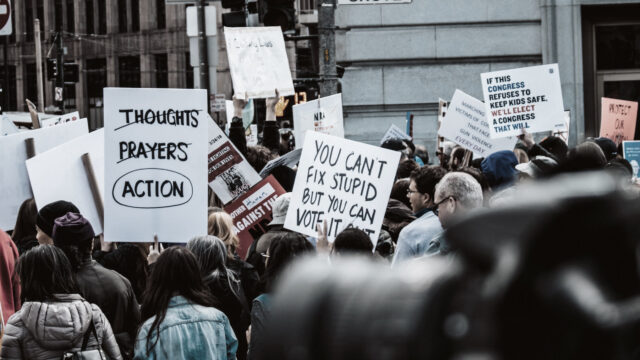Frontline Blog
Big Cities Health Coalition and Healthy People: Making Data Accessible to Urban Health Departments
February 2021

By Chrissie Juliano, MPP
Originally published by the U.S. Department of Health and Human Services’ Office of Disease Prevention and Health Promotion
The Big Cities Health Coalition (BCHC) formed in 2002 with the goal of giving large urban health departments a forum to share strategies and best practices. Its mission is “advancing equity and health for present and future generations.” BCHC is a close collaborator of the National Association of County and City Health Officials (NACCHO), an organization previously highlighted in the Healthy People in Action series.
Today, one of BCHC’s key priorities is to increase the availability of city-level health data to allow for comparisons across its 30 member cities. BCHC hosts this type of data through an open-access platform it launched in 2015 with indicators based in part on the Healthy People 2020 Leading Health Indicators (LHIs), a subset of high-priority public health objectives.
“When we launched our data platform, we made sure the indicators we included were complementary with Healthy People Leading Health Indicators so that we could track progress on those indicators across cities,” says Chrissie Juliano, MPP, Executive Director of BCHC. “Our members use LHIs to decide what to track in their own cities — and to consider what policies they can pursue to improve health and advance health equity.”
USING LHIS TO BUILD HEALTHY COMMUNITIES
BCHC is currently redesigning its data platform to add indicators that address a broad range of health issues and plans to relaunch it in the spring. The current data platform includes almost 30,000 data points from all 30 of BCHC’s member cities across more than 50 indicators — many of which align with Healthy People 2030 LHIs. For example, BCHC’s indicators and Healthy People 2030 LHIs both include infant deaths, cigarette smoking, and flu vaccination rates.
“Healthy People LHIs are a core set of indicators that we need to think about and address in order to build healthy, resilient communities,” Juliano says. “By providing city-level data, we take those indicators from a macro level to a micro level, which really helps health departments and elected officials think about how they can prioritize their resources to take action in their communities.”
Juliano says federal government agencies often report data at the county level. But county-level data aren’t always relevant to cities, which makes BCHC’s data platform especially useful to urban health departments. In addition, the platform makes it possible to easily compare data across cities, and it helps cities that aren’t BCHC members benchmark their own data against data from the largest cities in the country.
ADDRESSING SOCIAL DETERMINANTS OF HEALTH
One of the ways BCHC works toward its mission of advancing equity and health is by helping its members address social determinants of health. Specifically, BCHC supports policies and practices that would increase health equity and the standard of living in communities across the country, as well as promote healthy behaviors and experiences.
This aligns with Healthy People 2030’s increased focus on social determinants of health and health equity, reflected in the Healthy People framework and across a variety of objectives — including LHIs. For example, the Healthy People 2030 LHIs include employment among the working-age population. Similarly, BCHC includes unemployment as an indicator in its data platform.
“Our members can only truly build healthy communities when they address social determinants, so we’re excited to see Healthy People prioritize them,” Juliano says.
LEVERAGING NEW DATA FOR THE NEW DECADE
BCHC is working with the Urban Health Collaborative at Drexel University’s School of Public Health to update its data platform with more indicators and data points. Juliano says they’ll carefully consider which Healthy People LHIs to keep in the platform — and which new LHIs to add.
“Healthy People LHIs help us track the health of the country, and through our data platform we make it easier to track the health of large cities, too,” she says. “I’m excited to see how health departments nationwide use these tools to improve health and reduce health disparities as the decade advances.”
Disclaimer: This blog series highlights the activities of independent non-federal organizations that work with Healthy People data. Although ODPHP’s policies and programs may inform the work of such organizations, ODPHP does not direct or endorse activities of those organizations.